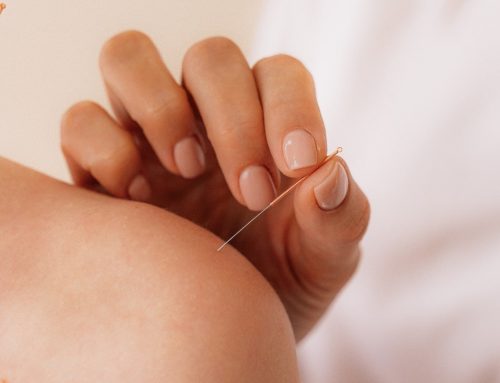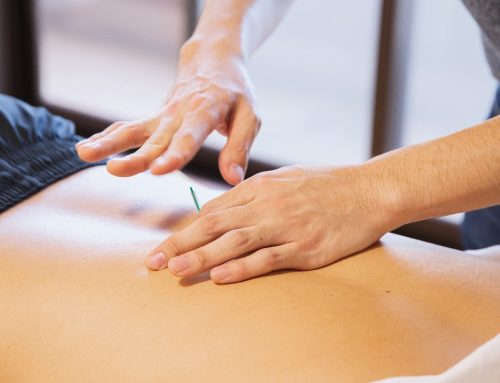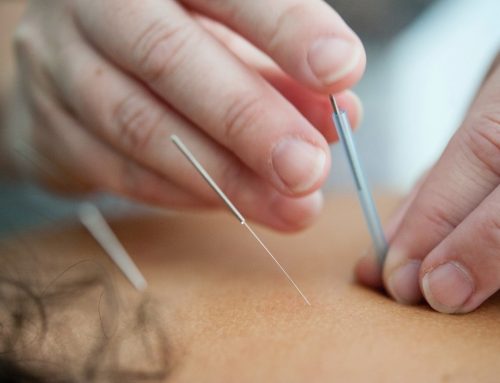Migraines are very common, affecting 39 million in the U.S. alone. Unfortunately, this chronic condition is often poorly managed and many are seeking effective treatments that will bring prevention and pain relief. Recently, dry needling has been investigated as a potential new approach to effective migraine treatment. We’ll explore what you should know about dry needling for migraines and give some perspective on this breakthrough treatment.
What Is a Migraine?
Before we can discuss dry needling for migraines, it’s important that we understand what exactly a migraine is. A migraine extends beyond a mere headache, involving severe throbbing pain or pulsing sensations. They are usually accompanied by nausea, vomiting, or some level of sensitivity to light and/or sound (photophobia and phonophobia). Pain is also usually focused on one side of the head. Typically migraines are aggravated by activity, and as such, sufferers usually avoid routine activities that they’d normally participate it. Migraines typically last from 4 to 72 hours, and some people experience auras (for example, seeing bright spots or flashes of light) prior to onset.
What Is Dry Needling and How Does It Work?
It’s also important to understand dry needling before we examine how it can be an effective treatment for migraines. Dry needling works by addressing knots in the muscle known as myofascial trigger points. These knots are made up of muscle fibers that have not been able to lengthen back to a relaxed state after having been used. As a result, painful, sensitive nodules form in the muscle, and muscle fibers become tight, compressing the surrounding nerves and capillaries. Dry needling allows these muscles to obtain a fresh blood supply, and the subsequent oxygen and nutrients they need. The result is pain relief for patients.
Dry Needling For Migraines
The dilation and constriction of blood vessels in the head were long thought to be the main cause of migraine pain. More recently, researchers have theorized that migraines are neurological disorders that involve nerve pathways and brain chemicals. This is where dry needling comes in because it can be used to regulate the peripheral and central nervous systems. Not only can dry needling address knots in the surrounding neck and shoulder muscle groups that often contribute to migraines, but it can also affect the chemical environment within muscles. In short, dry needling for migraines may effectively reduce the chronic nociceptive input to the central nervous system that can trigger symptoms.
Dry needling also releases beta-endorphins, which are a type of neuropeptide that plays an important role in pain management. Endorphins create morphine-like effects, acting as our body’s natural pain and stress fighters. Within the peripheral nervous system, these beta-endorphins bind with the opiate receptors in the nerve synapses in order to reduce our perception of pain. One of the benefits of dry needling for migraines is that it increases these beta-endorphins while also decreasing cortisol. Migraine sufferers, experience pain relief and a feeling of overall relaxation following treatment.
Dry Needling in Jacksonville, FL
Dry needling is one of many effective tools that can be used for treating migraines. At Dry Needle Pain Relief in Jacksonville, FL, we believe that painkillers or medicines aren’t the only options for addressing pain. We believe in the power of dry needling as an effective natural pain relief option that can help you stop pain and get back to what you love! At Dry Needle Pain Relief, we bring our experience and advanced training in dry needling to patients across Jacksonville. If you are interested in dry needling for migraines, contact us today to make an appointment.








Leave A Comment